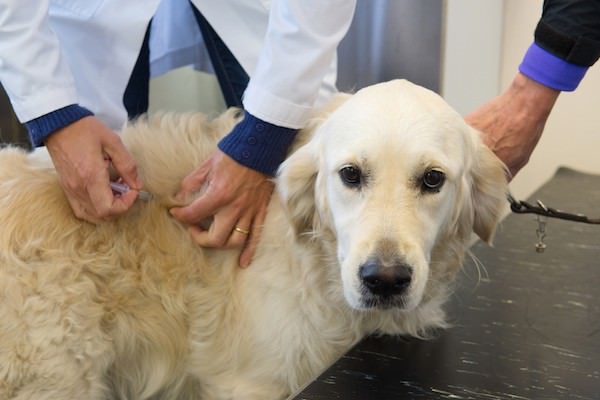
Canine Influenza Risk
June 20, 2019As we first told you in June, 2020, the Rabbit Hemorrhagic Disease Virus Type 2 (RHDV2) was reported in a dead wild rabbit in Palm Springs. This was the first case known in California and raised significant concerns about both wild and pet-owned rabbit populations. Since then, this virus has been confirmed in domestic rabbits in 55 locations in Southern California, and there are now 3 reported cases in Northern California – a wild jackrabbit in Alameda County, and domestic rabbits in Sonoma and Fresno counties.
In addition to the preventive and biosecurity measures we discuss below, we are pleased to announce that we will offer a limited number of RHDV2 vaccines at Muller Veterinary Hospital in the near future. Please take a look at the RHDV2 Vaccine Information Sheet for more information.
RHDV2 INFO & RECOMMENDED BIOSECURITY MEASURES TO KEEP YOUR PET SAFE
VIRUS INFORMATION
There is very little “good news” about this virus, other than it is NOT transmissible to any other species – this does not put humans or other household pets at risk. Unfortunately, the bad news is very bad. This virus can decimate wild rabbit populations. It can remain in the environment for long periods of time and is resistant to temperature changes (heat and frost). It can survive in rabbit feces, as well as in digestive tracts of predator animals. It can be spread by scavenger animals (crows, foxes) and by insects. Spread is through direct contact between rabbits, as well as indirect contact as outlined above. Other sources of indirect transmission include objects and places – rabbit cages, grooming equipment, table surfaces, including veterinary hospitals. It takes only a few viral particles for infection to occur. It has a short incubation period, of 1-5 days, and death can occur within 24 hours.
SYMPTOMS
This is a HIGHLY contagious, fatal disease that causes bleeding and liver failure. Symptoms include lethargy, not eating, fever, convulsions or other neurologic signs, difficulty breathing, bleeding and sudden death. (Remember that other diseases can also cause these symptoms such as cancer, bacterial infection from a bite wound, and heatstroke).
There are no reliable diagnostic tests with a sick rabbit. Unfortunately, this is a disease that is usually made after the rabbit dies. There is no specific treatment available.
MEASURES THAT PET OWNERS CAN TAKE = BIOSECURITY
The most important measures to protect your rabbit is KEEP HER/HIM INDOORS AND NOT ALLOW OUTSIDE PLAY. We also recommend avoiding moving your rabbits around (shows, travel, vacations). Other measures include removing your shoes before entering your home, avoiding contact with other people’s rabbits and limiting their contact with yours, insect proofing your home, and disinfection. Wash rabbit towels and protective clothing in HOT cycles, run twice. Check your sources for rabbit food to ensure their products like pellets and hay do not come from RHDV2 areas. Several websites below contain specific measures that can be taken to protect pet rabbits.
BLEACH DISINFECTION
The virus can be inactivated by 10% bleach solution (sodium hypochlorite), with 5 minute contact time. This solution can be made by adding ½ cup household bleach to 1 gallon water. Ideally, make new bleach solutions every 24 hours and store in a cool dark place.
The virus is NOT inactivated by Lysol spray or Clorox wipes.
MEASURES THAT MULLER VETERINARY HOSPITAL IS TAKING
We are developing protocols to keep your bunny as safe as possible while she/he is in the veterinary hospital. We will be informing you of these protocols prior to any appointment with your rabbit.
ADDITIONAL RESOURCES
California Department of Food and Agriculture: https://www.cdfa.ca.gov/ahfss/Animal_Health/pdfs/RabbitHemorrhagicDisease.pdf
US Department of Agriculture: https://www.aphis.usda.gov/publications/animal_health/fs-rhdv2.pdf
House Rabbit Society: https://rabbit.org/rhdv/
California Department of Fish and Wildlife: https://nrm.dfg.ca.gov/FileHandler.ashx?DocumentID=179037&inline

